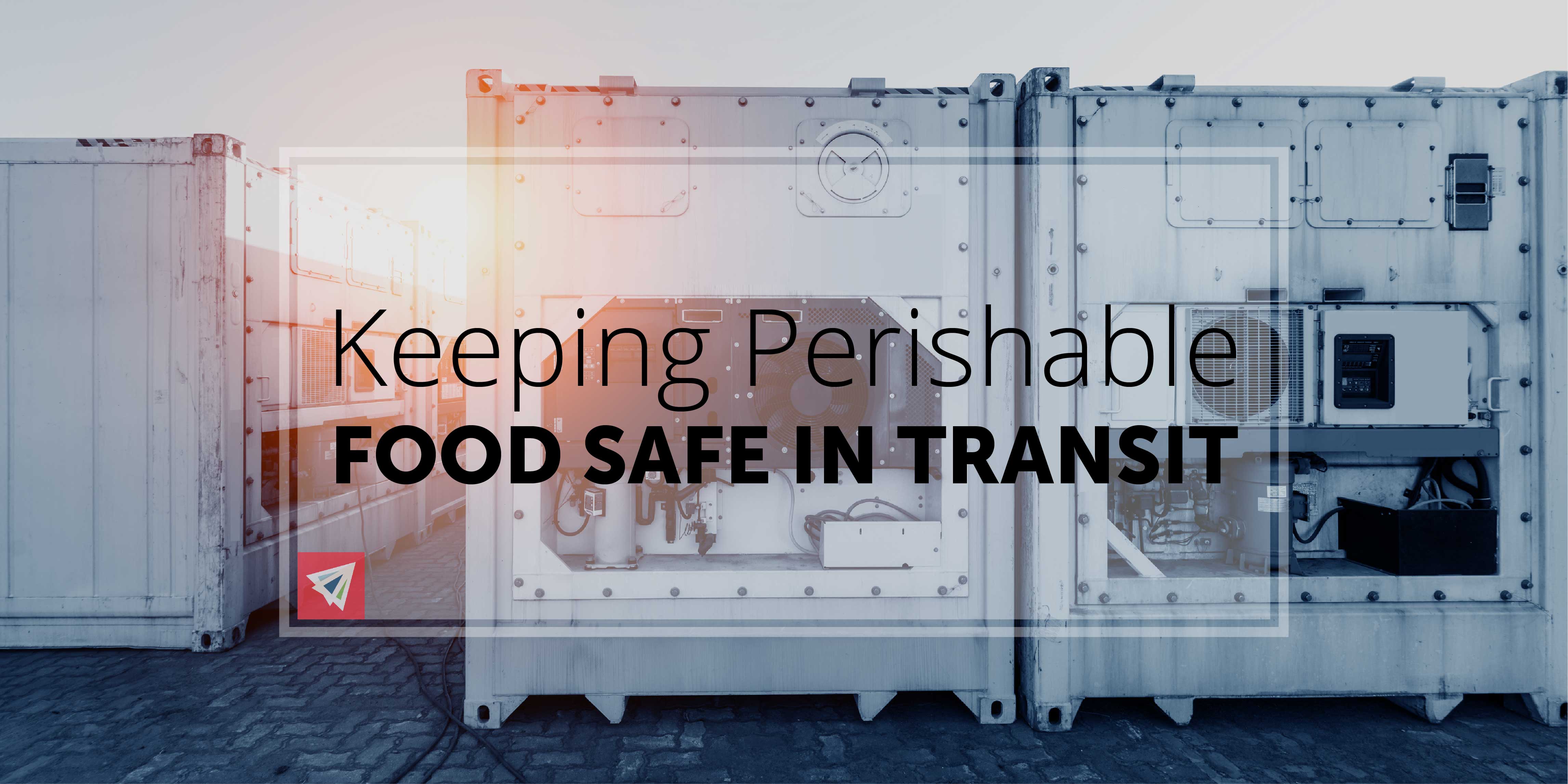You can only imagine how much of total transportation is dedicated to shipping food – it’s grown and produced everywhere and needed everywhere by everyone. So I guess you could say it’s kind of a big deal…
But goods intended for ingestion must be given a significantly higher degree of attention than your average shipping container. Millions of pounds of food are on the road, rail, and ocean every day – every one of them is at risk for contamination that could result in thousands of sick people.
3 Ways to Keep Perishable Food Safe in Transit
If your company is importing, exporting, or trucking perishable food, chances are you already know how refrigerated cargo works. But unexpected technology failures, routing mistakes, ETD changes, and other factors can all contribute to issues with perishable cargo.
If you want that extra measure of safety for your food, here are some shipping tips:
1) Real-Time Monitoring Devices
Food poisoning often ends up in perishable food that seems otherwise safe. The expiration date is correct, packaging is intact, and all other visible signs suggest a safe and healthy product. But the amount of issues related to temperature control that may occur while your goods are in transit can be scary. Even more intimidating – you’d never notice when the goods arrive at their final destination.
Technology has made every industry more transparent and visible than ever before. With the use of new monitoring devices, shippers can now monitor the temperature of their cargo at all times. This allows you to see the refrigeration stats of your goods throughout their entire route. Any malfunctions are easy to detect, as is the length of time the temperature was affected. As a rule of thumb, anything exceeding 2 hours of temperature malfunction should be considered unsafe.
2) Supplier Partnership Criteria
The amount of work you put in to protecting your perishables is only good insofar as your suppliers do the same. Contaminated ingredients will still be contaminated despite your efforts to keep them safe in transit to their final destination. A popular example of this was the Goldfish salmonella issue.
Make a list of criteria you require your ingredient suppliers to follow in order to partner with you. Do they need to have monitoring devices on their refrigerated goods? Is there a certain mode of shipping you require? Come up with your list of non-negotiables (not because you need to write a list, but because they are genuine safety requirements), and discuss these with your suppliers.
3) Sanitation and Packaging
Yes, it is painfully obvious that a sterile working environment is a safer one. But sometimes, companies place focus on one area of cleanliness without concerning themselves with all potential contamination points.
Think about the channel a perishable food item takes from initial production to final delivery – every single countertop, machine, nozzle, hand, box, truck, etc. that it touches. They all need to be cleaned and continually serviced to avoid food contamination.
Conclusion
Food transport safety is no matter to take lightly. It’s so incredibly easy to accidently contaminate perishable food through non-sterile environments, failing refrigeration and storage, or already contaminated raw ingredients. Talk with your ingredient suppliers about your requirements and criteria for food safety. Don’t work with those who can’t meet your bare minimum safety requirements. Educate your manufacturing facility on new sterilizing procedures to ensure all countertops, nozzles, and other surfaces are cleaned properly.
If you need any additional advice for keeping your food transportation supply chain free of contamination or issues, reach out to one of our team members. We’re happy to help out anyone we can!
